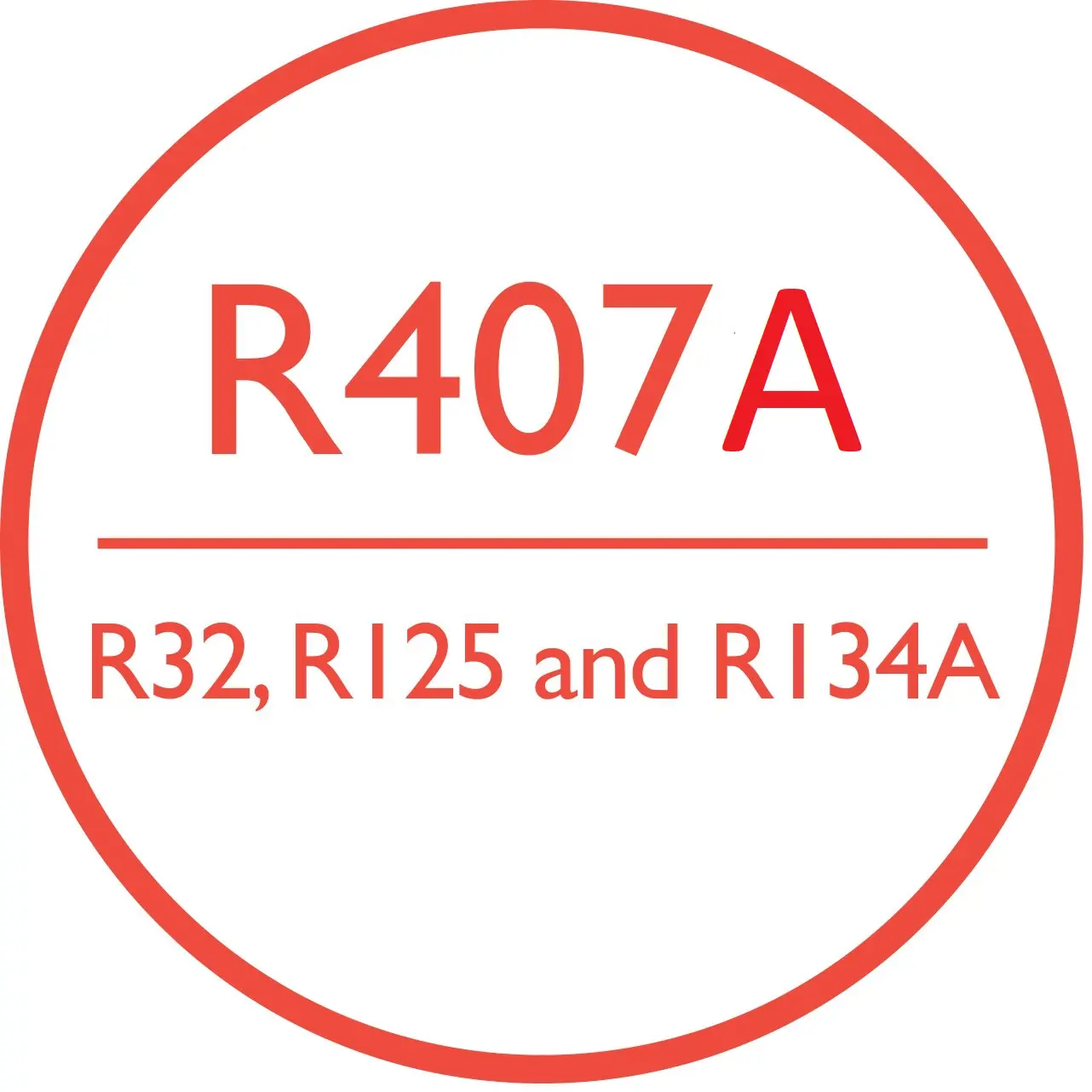R407A is a zero ozone depletion (ODP) hydrofluorocarbon (HFC) refrigerant blend. HARP® 407A is a ternary blend of R32, R125 and R134a (20%/40%/40%). It is widely used in new equipment that would have previously used CFC R502, HFC R404A and HCFC R22.
Designed to replace R502, R407A matches the properties and performance of both R502 and R404A and is suitable for use in medium and low temperature refrigeration systems typically found in supermarkets, food processing, cold storage and industrial sectors where the much reduced direct Global Warming Potential (GWP) offers significant environmental advantages
over R404A. With modifications it can be retrofitted into existing R404A.
Its thermo-physical properties are also broadly similar to R22 and therefore offers a zero ODP and moderate GWP alternative in refrigeration systems and chillers that would have previously used R22. With modifications it can be retrofitted into existing R22 systems.
It is not recommended for use in systems with flooded evaporators.
Properties and performance
R407A is designed to meet the needs of many types of new and existing refrigeration systems. A zeotropic HFC refrigerant blend, it is rated A1 by ASHRAE (lowest levels of toxicity and flammability), having zero ODP and a GWP of 2107.
As a replacement for R404A, R407A is ideal having a similar refrigerating capacity across the range of low and medium evaporating temperature conditions and offers a distinct advantage with regard to the Coefficient of Performance (COP). The improved energy efficiency and reduced direct GWP help contribute to reduced running costs and a reduction in carbon footprint in many application areas.
As a replacement for R22, R407A is a close match to R22’s capacities and mass flow rates, with the mass flow rate required for each kilowatt of refrigeration within 10% of that required for R22. This makes it well suited as a retrofit for R22 in food storage applications. Additionally, it is one of the more energy efficient R22 retrofit options available for refrigeration applications. Discharge temperatures are significantly lower than those seen with R22 though system pressures for HARP® 407A are slightly higher than R22, particularly in high ambient environments.
R407A is also the perfect solution for new refrigeration systems that would have previously used R22 offering zero ODP and a moderate direct GWP.
Sizes
- 11.5kg – (01010092)
- 57kg – (01010091)

